Is Bitcoin Home Mining Still Possible in 2018?
Is Bitcoin Home Mining Still Possible in 2018?
So, you’ve fallen down the rabbit hole and find yourself spending every spare moment these days researching Bitcoin, cryptocurrency, blockchain and distributed ledger technology.

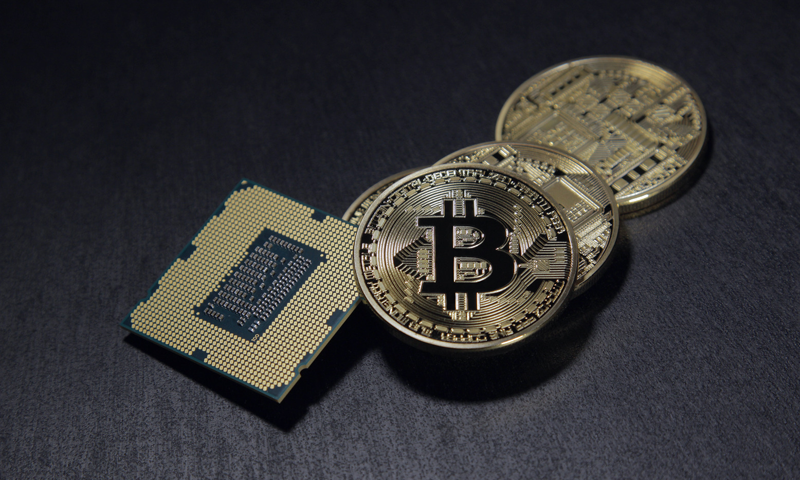
You then stumble upon mining. Sounds great right? Buy some equipment, plug it in and make some easy Bitcoin. Well, unfortunately it’s not quite that simple. Long gone are the days when you’d be able to mine Bitcoin on your home computer, or even GPUs (Graphics Processing Units) to generate any sort of return. Whilst the latter are still used to mine other proof of work (PoW) cryptocurrencies, the focus of this article is on Bitcoin and whether nine years on from the inception of Satoshi Nakamoto’s vision, it is still possible to realistically and profitably mine Bitcoin from home.

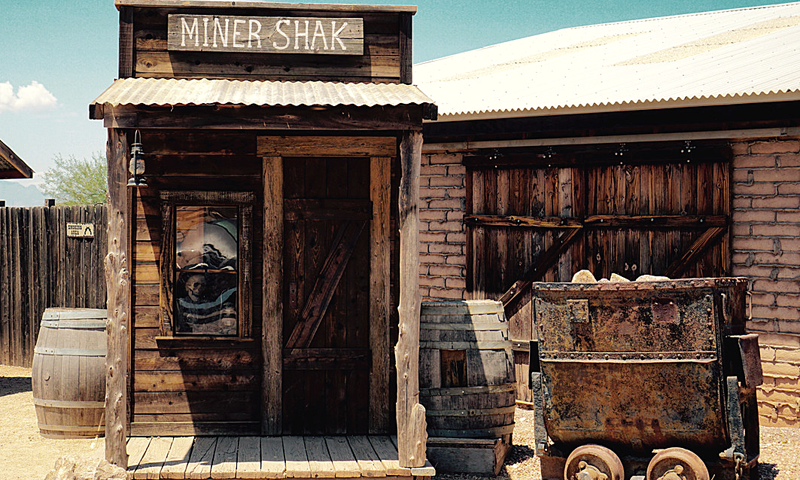
Dawn of the ASICs
Prior to 2013, the mining ecosystem had moved through CPU, GPU and FPGA solutions to produce the hashing power required to solely or collectively (via pools) mine Bitcoin blocks.
Then ASIC (Application Specific Integrated Circuits) hardware arrived. These are essentially microchips designed for a very specific purpose. They are superiorly faster than all previous methods for the amount of power they use and have already made Bitcoin GPU mining largely obsolete. So what does this mean for the budding home or hobbyist miner now?

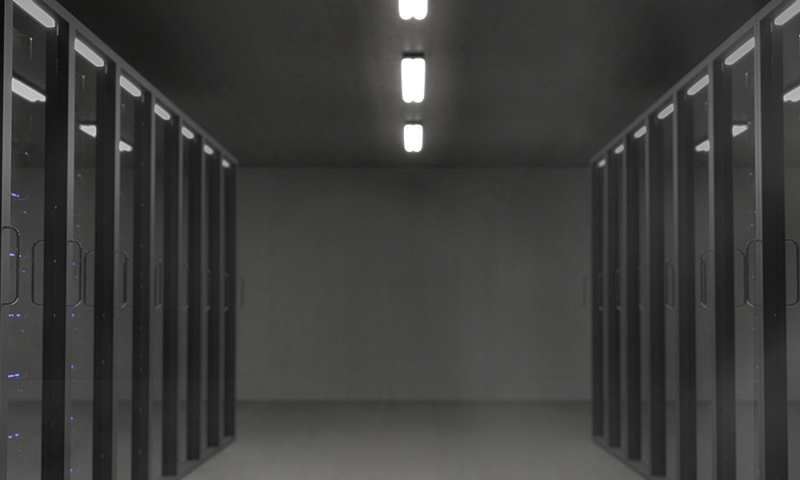
Some Home Truths
Excuse the pun, but as you may have guessed, the equipment required to meaningfully mine Bitcoin on a small scale in 2018 is now industrial. That means there are some basic realities that you need to understand if you want to mine from home that you just can’t escape from:
• There will always be some level of noise.
• They are power hungry.
• Equipment is not cheap.
• Home adaptions are likely to be required.
• Climate matters.
• Electricity costs can be significant.
• The mining hashpower, difficulty, market price, volume and transaction fees, will always change.
So how can you do it? Let’s break down these realities and see how they can be managed.
Equipment, Power and Noise
The most common ASIC on the market for mining Bitcoin is the Antminer S9 from Bitmain. These typically hash around 13–15 TH/s and were the most powerful option available until the recent launch of the DragonMint T1 from Halong Mining, which hashes at around 16 TH/s. For the purposes of this article, we will focus on the better known S9’s (pictured below) however.
Each S9, or S9i as it has recently been rebadged (mainly a marketing tactic it seems), comes in at around $900 at today’s prices and consumes approximately 1.32kW of power. Therefore with a UK mains voltage of 240V for example, it will draw 5.5+ amps. This immediately throws up the issues of heat dissipation (you’ll need to be able to remove up to 1.32kW of heat per S9) and your electrical sockets and circuit load capacity. At over 70dB (comparable to a vacuum cleaner), there’s also a lot of noise to deal with.
Starting with the power, you’ll need to ensure each unit is plugged into its own socket with enough capacity to handle that ampage. In our UK example, the 13A socket capacity will handle this fine.
If your power supply is compatible with Bitmains’s APW3 power supply unit, you won’t need to purchase a PSU elsewhere, but you will still need a power cord for your area that is suitable for the ampage required.
Once you’ve sorted that, you’ll also need to make sure your electrical circuits can handle the overall capacity of all the miners you want to power.
Using our UK example again, most modern homes have a total capacity of 100A+. Each circuit may be limited to 32A for example however and will already be running other devices plugged in to your home. Therefore more than one or two miners in this scenario will put a high load on that circuit and it will most likely start tripping. It may be more sensible therefore to consider installing a dedicated circuit for your miners. That sounds expensive, but can be fairly cheap and done in UK homes for around $50.
In terms of heat, unless you’re in a cold enough climate with a garage or outbuilding and no neighbours, heat and ventilation is going to be a problem in a residential house. At somewhere up to 1.32kW of heat load per miner, a room will heat up pretty quickly without decent airflow.
So you need some equipment that will help with ventilation, but also reduce noise levels as multiple vacuum cleaners running 24/7 is not much fun for you, or your neighbours.
Unfortunately there is no purpose built equipment for miners that will do this. Some get round this with DIY or “ghetto” solutions that generally involve cool boxes and duct tape. They can help in the short term, but do you really want to run your $900 miner that way? Whilst there may be some better options (at vast expense), you need something practical and cost efficient enough for the home. After extensive research and testing, the most viable option I found was the UCoustic Edge 9210i from USystems (pictured below). They are designed for servers, but still work well for miners and are small enough for a home environment. The smallest option is around 1m wide, 1m high and 1.5m long, but you would need access space around that too.
This smallest system option offers up to 7.2kW of heat dissipation and so could handle around 5 S9 units, keeping them within the recommended 40–80 degrees celsius hash board temps and 65–115 hash chip temps, whilst also removing up to 31dB of noise. With 5 S9 units housed within it, this essentially cuts the noise to more like that of a household tumble dryer. Still noisy, but manageable, especially when in a utility room or behind a partition wall. You’ll also need a ducting kit (see picture below) and other home adaptions that we’ll get to shortly, but it does provide us with a realistic option.
This does come at a cost (approximately $2500 for such kit), but that’s not far off the price of a miner just a few months ago and will arguably help increase the life of your miners and therefore the ROI on them too.
Home Adaptions
Realistically home adaptions are likely required to run a home mining setup now, meaning that unless you own your own home, mining may not be possible without the agreement of the landlord. That makes it a non-starter for many.
For those fortunate enough and that are prepared to install an additional electrical circuit, drill four 150mm ventilation holes in an external wall and vent the hot air through an internal and external ducting system (not as drastic as pictured!) can still successfully mine Bitcoin from home, though this may set you back an additional $500 or so.


As noise levels will still be reasonable even using this type of setup, it is advisable to locate in a utility room, outbuilding or behind a partition wall to reduce the noise levels further, which may also add to the costs.
Climate
Climate does matter. The realistic setup discussed in this article won’t be suitable in some areas. Under tests, this setup allows for the miners to run safely and successfully in ambient temperature environments of up to 30 degrees celsius, depending on the number of miners you are operating within the unit. Environments that are regularly warmer than this will struggle and will either require additional climate control equipment (which starts to impact the viability of mining profitably) or a more industrial setup at higher cost and certainly not suitable for residential premises.
Electricity costs
Energy costs will vary considerably depending on your location, so you’ll need to research your local market before estimating your costs. Even at a good $0.10 kWh rate, you’d be looking at around $100 per month per miner in energy costs. At today’s rates therefore, higher costs will be a significant proportion of your mining income. There are many free calculators online you can use to estimate this, but provided you can still generate a healthy profit and can be flexible about when you convert that BTC income to fiat, return on investment can still be achieved in a matter of months.

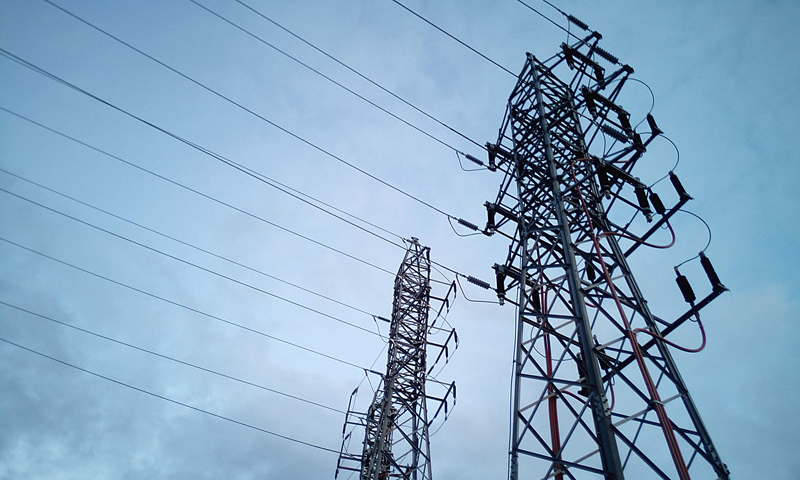
The Variables
When it comes to Bitcoin mining, it’s not just the BTC market value that is volatile and needs to be considered. The total network hashpower, mining difficulty, volume of transactions and transaction fees paid constantly change too.

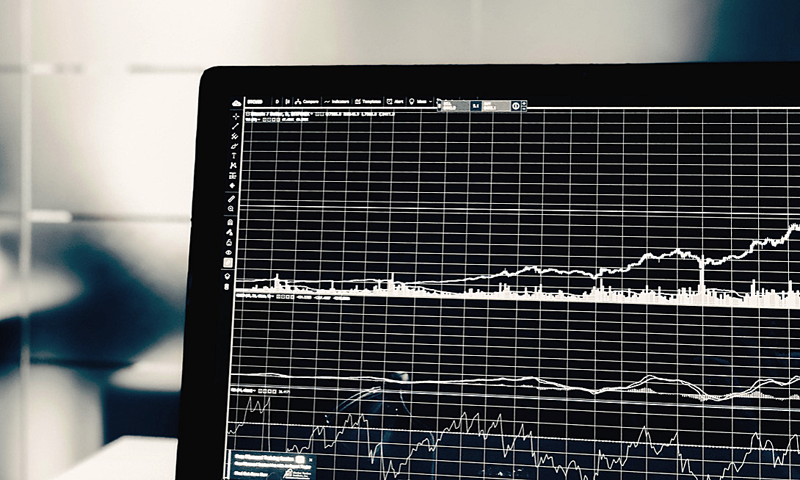
As more and more miners come on to the market, and with ever increasing hashrates, the total hashpower of the global network increases. The current Bitcoin reward remains 12.5 BTC per block mined, until the next reward halving (it halves every 210,000 blocks, which is expected in about 2 years time) and blocks are mined on average every 10 minutes. Therefore if everything else stood still, as the global hashrate increased, your share of the reward would decline over time.
Then there is the mining difficulty. Without getting too technical, this is essentially a measure of how complex the task of finding a block is for miners. This regulates the output of blocks mined according to the input (number of miners/total hashrate), the target value for which is recalculated every 2016 blocks (approximately 2 weeks). Without this, as more miners join, the block creation rate would increase, reducing the ideal average mining time of 10 minutes per block. The mining difficulty therefore increases, reducing the block creation rate and returning the average block reward time to normal. Difficulty generally increases over time too, however it is possible for difficulty to be reduced when there is a fall in miners.
Mining calculators are useful in helping you to understand potential profitability at a specific moment in time, however they only look at the 12.5 BTC reward. They don’t consider the current volume of transactions which in turn can increase the transaction fees paid, which are also shared between the miners (unless using a pool that keeps these for themselves). The greater demand for and volume of transactions at the end of 2017 for example led to high fees which meant average block rewards on pools like SlushPool rose to between 15 and 20 BTC at that time. They have since returned to a 12.5 to 13.5 BTC range.


You therefore need to analyse all these factors when planning your operation, and more importantly in deciding the optimal times to extract those funds.
The Verdict
In answer to our question, given a desire to setup a mining operation and assuming sufficient funds, home ownership, the ability to make adaptions, reasonable electricity costs, the right climate and an understanding of the variables, it is still possible to mine Bitcoin from home in 2018. It’s certainly harder that it was, but it can still be done. It is vital to research and plan both the setup you require and the operational variables at play in order to maximise potential.


Just as the price of BTC will change with market cycles, mining cycles will take you through times of increasing or decreasing difficulty and increasing or decreasing rewards.
It is therefore important to realise that although a mining operation generates ongoing income, it is also an investment. Block reward levels will most likely follow price, so if you can keep hold of your rewards in a down cycle and extract them as close to peaks as possible, you’ll maximise your return.
Be conscious of those who mined dozens of Bitcoins in earlier days, but cashed them in quickly, compared to what they’d be worth now. Get the timing right and you could be sitting on a goldmine!

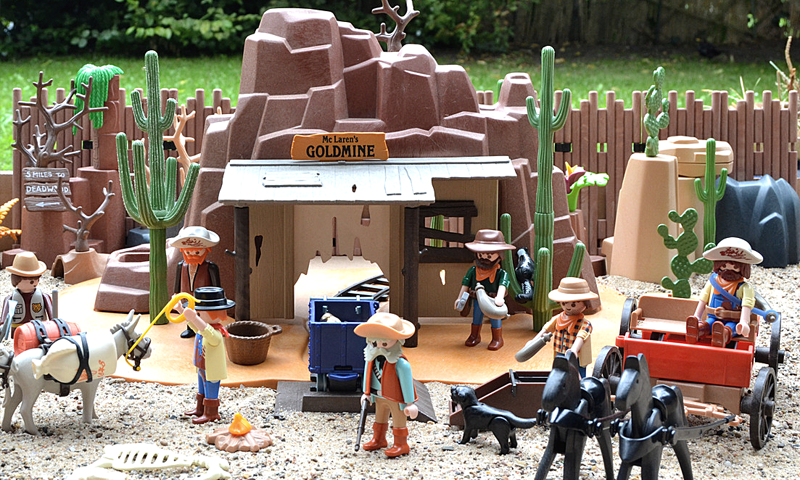
By James Hunt (@humanjets). You can also find me on Twitter, Steemit, Reddit and Telegram.
